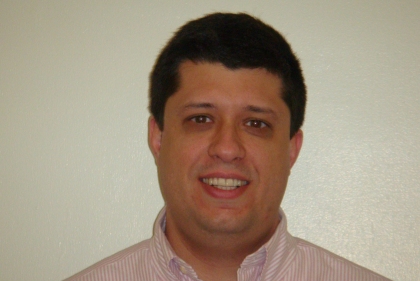We hear it again and again. Video surveillance cameras can accomplish what humans can’t. There’s simply no way, we are told, in a situation like the Boston Marathon bombing, with all the thousands of people in attendance, to be able to track suspects without video footage of the scene. To try to rely merely on eyewitnesses in that case is just too difficult, if not impossible, a real case of sensory overload.
The problem is that it’s not entirely true. Law enforcement, through video surveillance footage, clearly narrowed down who the suspects were. However, part of the reason they could identify them was because one of the injured, a man who lost both legs to the bomb, clearly identified an individual putting down a bag just before the blast. With the help of a sketch artist and subsequent video footage, a suspect was clearly identified. Instead of being able to plan another attack, the two brothers were suddenly on the run, and in a matter of couple of days one was dead, another captured. However, it was the combination of human intelligence and video surveillance technology that made this possible, not exclusively one or the other.
After this terrible tragedy, some have asked, “But does this now mean that cameras will now be everywhere? What about privacy?” It’s hard to believe that in the year 2013 that question is still being asked. The reality is: cameras more and more are everywhere. Try to walk through any major metropolitan area in the world now and avoid surveillance cameras. In the wake of school shootings in the United States, more and more educational settings now deploy such cameras. Even when one pumps gas, there’s often a camera watching. In the case of the Boston Marathon attack, the two brothers’ images were captured by department store cameras placed outside. For many businesses and individuals, such cameras have gone from being “nice to have” to “must have.” Beyond that, just about every individual with a cell phone now has the capacity to capture video images of events as they happen.
Overall, this is a good change. As security concerns worldwide increase in a variety of arenas, it becomes more and more difficult to address safety concerns simply through more feet on the ground. Discretion and civil rights have their place here, but it’s also true that the human factor is not always enough. More and more, there is not only demand for more video surveillance cameras, but for more automation and intelligence in the software, so that the bad guys can be caught more quickly and in some cases can help avert an incident altogether.
The problem is that after Boston a lot of false claims from various companies began to circulate about what such video surveillance cameras can do. You would think from what some of the self-aggrandizing companies claimed that the bag that was left could have been zeroed in on by super intelligent software and the blast averted or that Facial Recognition technology would have somehow tagged these guys before they did their awful deed.
The problem is that it’s not true. While there is software now that can send an alert if a bag is, for example, left on a train platform unattended, in a situation like Boston with thousands of people in attendance there would be too many distractions for such software to function correctly and would likely generate many false alerts. As for Facial Recognition, neither suspect’s image was in a databank so even had such technology been operative, it would not have been of any use before the incident. What’s more is it’s very difficult for Facial Recognition to operate correctly outside due to lighting issues.
The bottom line here is that the security industry should not use a terrible event like the Boston Marathon bombing to promote technology myths. The tragedy itself is enough. To exploit that with false hope that such incidents can be totally prevented in the future with the right technical fix is unconscionable.
Many of us who work in the video surveillance industry choose to do so because we see the opportunity to have a real impact on public safety. That idea is based on something very real: video surveillance can save lives and it’s getting better and better all the time. Right now, though, after Newtown and Boston and other such tragedies, all of us need to be very clear with the public about what such technology can and can’t do. Anything less than that does a tremendous disservice to a public that needs and deserves real answers about such matters.
At the same time, the human factor here will always be important. There is no camera on earth as courageous as Jeff Bauman, a double amputee because of those bombs, and who despite his own physical agony made it his mission to identify the culprit. As long as such people exist, video surveillance cameras will have a much easier time doing their jobs.
Aluisio Figueiredo is the Chief Operating Officer for Intelligent Security Systems; www.isscctv.com

Recent Comments
Wonderful Content! The way you describe the things...
amazing and very impressive dear check...
SOC Teams Protect Multi-Building Campuses
Smart Home Revolution
Benefits of Implementing 802.3bt